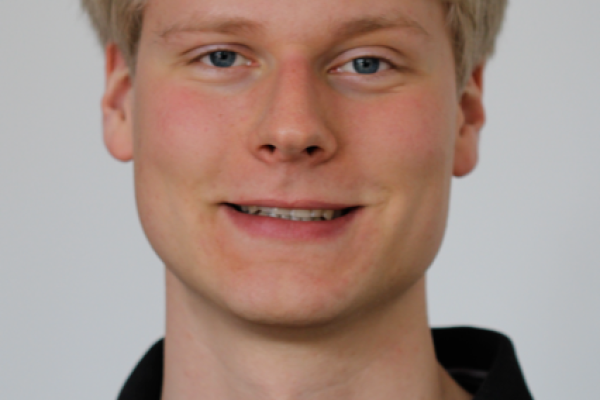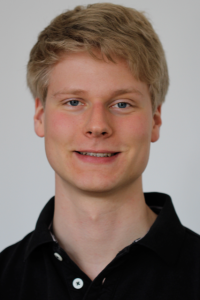
Title: From femtoseconds to femtometers – controlling quantum dynamics in molecules using core-level transient absorption spectroscopy
Patrick Rupprecht, Max-Planck-Institut fuer Kernphysik
Virtual only - Webinar link below

Abstract: Core-level absorption spectroscopy has proven to be a valuable tool to gain a deeper understanding of quantum dynamics in atoms, molecules and solid-state materials on the femtosecond time scale. Especially the capability of x-ray transient absorption spectroscopy (XTAS) to elucidate dynamics in neutral and thus chemically highly relevant molecules stands out.
In this talk I will present a novel few-cycle laser source and transient absorption setup at the Max Planck Institute for Nuclear Physics in Heidelberg, Germany. In addition, first results of purely electronic as well as structural control within molecules using intense femtosecond laser pulses are discussed.
The performed XTAS experiments are enabled by a laser source providing center-wavelength tunable few-cycle pulses in the 1-2 µm short-wavelength infrared (SWIR) regime. These pulses drive high-order harmonic generation (HHG) resulting in measured soft x-ray (SXR) spectra up to 200 eV photon energy. In the first presented experiment, the quantum-mechanical part of the electron-electron interaction, the exchange interaction, is controlled by perturbing gaseous SF6 molecules with SWIR pulses of variable intensity (≤ 2.2×1014 W/cm2) [1]. A simultaneous HHG probe of the sulfur L2,3 absorption edge reveals a change in the relative oscillator strengths within a spin-orbit-split doublet resonance. We trace this branching-ratio [2,3] alteration back to an exchange-energy increase of up to 50% by employing a theoretical toy-model. These findings are further supported by an ab-initio quantum many-body calculation based on the QUANTY code [4]. In a second experiment, time-resolved x-ray absorption spectroscopy is used to elucidate vibrational molecular dynamics in the perturbative limit. Here, the SWIR pulse precedes the SXR and induces molecular vibrations via nonresonant impulsive stimulated Raman excitation. XTAS can trace vibrational dynamics as imprinted in the resonance-energy shift due to the different involved potential energy curves [5]. In our experiment, we were capable of inducing and measuring the fundamental vibrational breathing mode (T = 43 fs) within an ensemble of SF6 molecules with an amplitude of only 50 fm and an unprecedented precision of 14 fm [6]. With the help of a combined quantum many-body and classical simulation, the electronic signature in temporal overlap can be disentangled from the vibrational one and electronic-vibrational coupling dynamics are analyzed.
These XTAS studies pave the way for new ultrafast chemical control schemes as well as molecular vibrational precision metrology.
[1] Rupprecht, et al. Laser control of electronic exchange interaction within a molecule. Phys. Rev. Lett. 128, 153001 (2022).
[2] Onodera, Toyozawa. Excitons in alkali halides. J. Phys. Soc. Jpn. 22, 833 (1967).
[3] Thole, van der Laan. Branching ratio in x-ray absorption spectroscopy. Phys. Rev. B 38, 3158 (1988).
[4] M.W. Haverkort, et al. Multiplet ligand-field theory using Wannier orbitals, Phys. Rev. B 85, 165113 (2012).
[5] Hosler, Leone. Characterization of vibrational wave packets by core-level high-harmonic transient absorption spectroscopy. Phys. Rev. A 88, 023420 (2013).
[6] Rupprecht, et al. Resolving vibrations in a polyatomic molecule with femtometer precision. arXiv 2207.01290 (2022).
Watch the recorded webinar here.
SUBSCRIBE to our email list here.
If you require an accommodation such as live captioning or interpretation to participate in this event, please contact Jessi Middleton at middleton.85@osu.edu. Requests made five business day prior to the event will generally allow us to provide seamless access, but the university will make every effort to meet requests made after this date.
